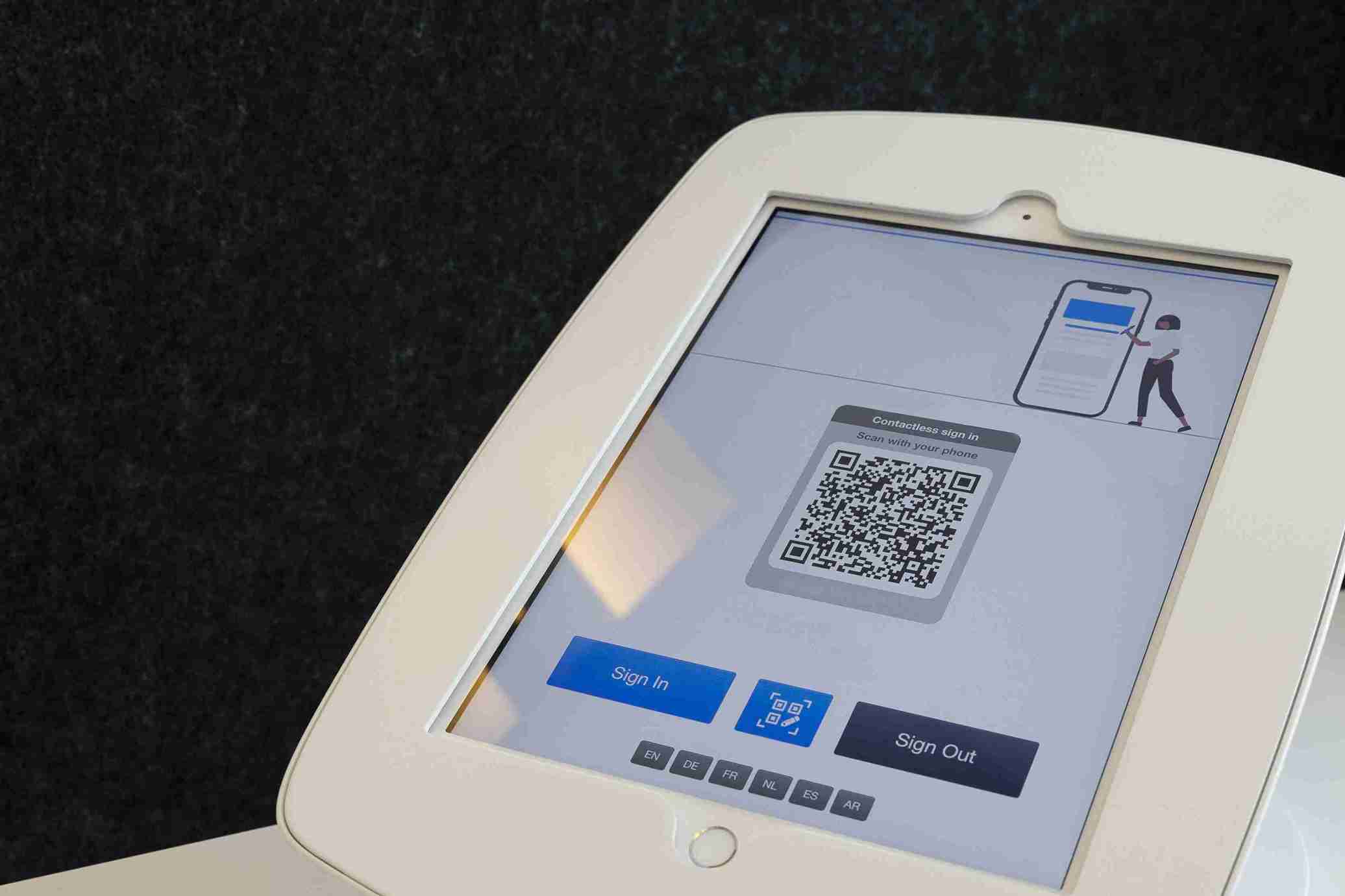How to Prevent QR Code Scam

With incidents of QR code fraud on the rise, it is crucial to take proactive steps to protect yourself from such situations. Scammers exploit the convenience of QR codes to trick unsuspecting individuals into revealing sensitive information or downloading malware.
By learning about common tactics used in QR code scams and taking proactive measures, you can better safeguard your finances and personal data from cybercriminals.
Real-Life QR Code Fraud Cases in India
Following are some of the recent QR fraud cases in India:
- According to a news report, a 30-year-old professor at the Indian Institute of Science (IISc), Bengaluru, wanted to sell his washing machine online.
He received a call from a buyer who agreed to pay the asking price without negotiating. The buyer then sent a QR code, saying he would deposit the money directly into his bank account once it was scanned. The professor scanned the code as instructed, but instead of receiving money, ₹63,000 was quickly taken out of his account in several transactions. - Similarly, a 30-year-old homemaker fell victim to a scam while trying to sell her veena online.
After uploading a picture of the instrument, she received a call from a buyer who asked for her bank details. The buyer then sent a link to her phone, promising it would transfer money directly. When she clicked the link, ₹20,000 was immediately deducted from her account.
How Does the QR Code Scam Work
A QR code scam works in the following ways:
Step 1: Scammers Generate Deceptive QR Codes
Scammers create QR codes that seem to come from trusted sources, such as well-known brands or companies. They place these codes in public spots, such as stickers or posters, or send them through emails or text messages.
Step 2: Victims Scan the Deceptive QR Codes
When you scan the fake QR code, it takes you to a phishing website or a page that asks you to download malware.
The phishing website may look exactly like the real website of a popular brand or company. It might ask you to enter your personal or financial details. The malware could appear as a harmless app or file and might be downloaded without your knowledge or consent.
Step 3: Scammers Extract Information or Hijack Your Device
After you enter your personal or financial information on the phishing website or download the malware, scammers can steal your information and use it for their own benefit.
The malware might also allow scammers to access your device remotely, letting them steal more information or even take control of your device.
How to Protect Yourself From QR Code Fraud
The following are the different ways in which you can protect yourself from QR code fraud:
-
Verify Payment Details
Before making a payment with a QR code, read the details it shows.
Usually, you can see the recipient’s name. Make sure this name matches the person or business you intend to pay. QR codes can also auto-fill the payment amount, so double-check before confirming the transaction.
If you accidentally pay the wrong person, contact your bank immediately.
-
Check the Source
Avoid scanning random QR codes. Always verify where the QR code is coming from before scanning it.
Do not scan QR codes from unsolicited SMS or emails, as they might contain malicious software designed to steal your data. If you get a QR code from someone you do not know, verify it before scanning.
-
Read the URL
After scanning a QR code, check the URL of the website or app it leads to.
Make sure the URL is legitimate and not from a phishing site. Fake websites often have misspelt names. So pay close attention to each letter to spot any differences.
-
Be Careful with Shortened Links
Think twice before clicking on shortened links. They can lead you to malicious websites, especially with unexpected messages. Even links from friends or family might be risky if their accounts have been hacked.
-
Do not Open Links from Strangers
Avoid scanning QR codes or opening links from people you do not know. Scammers send fake QR codes through social media, email, and sometimes even physical mail, claiming attractive offers or gifts. If you receive an unexpected QR code, even from a friend, do not scan it.
-
Use a Secure QR Scanner
Install a QR scanner app from a reliable antivirus company. These apps check the safety of scanned links before you open them, helping you avoid phishing scams, forced app downloads, and other threats.
-
Watch for Tampering
Scammers sometimes place their own QR codes in physical locations, like parking lots, over real ones. If a QR code looks like it has been altered or is placed carelessly, do not scan it.
The Bottom Line
Staying vigilant against QR code fraud is crucial to safeguarding your personal and financial information.
By verifying payment details, checking sources and avoiding unsolicited links, you can significantly reduce the risk of falling victim to scams.
|
You may also be interested to know |
|
|
1. |
How to Avoid Personal Loan Scams and Frauds |
|
2. |
Insurance Frauds in India - How to Avoid |
|
3. |
How to Secure Your Account from UPI Frauds |
|
4. |
Best Ways to Spot Personal Loan Scams |
|
5. |
How to Protect Demat Account from Fraud |